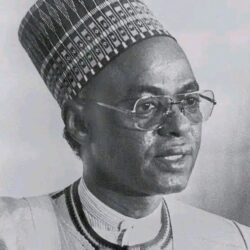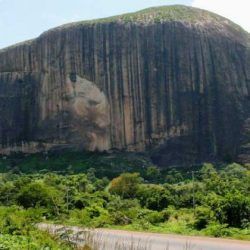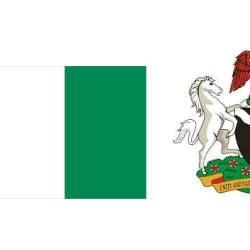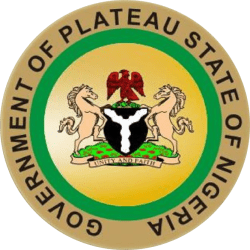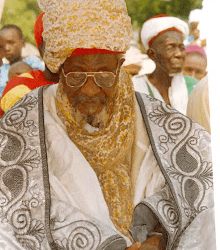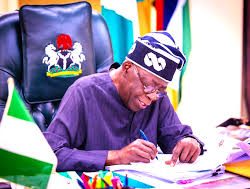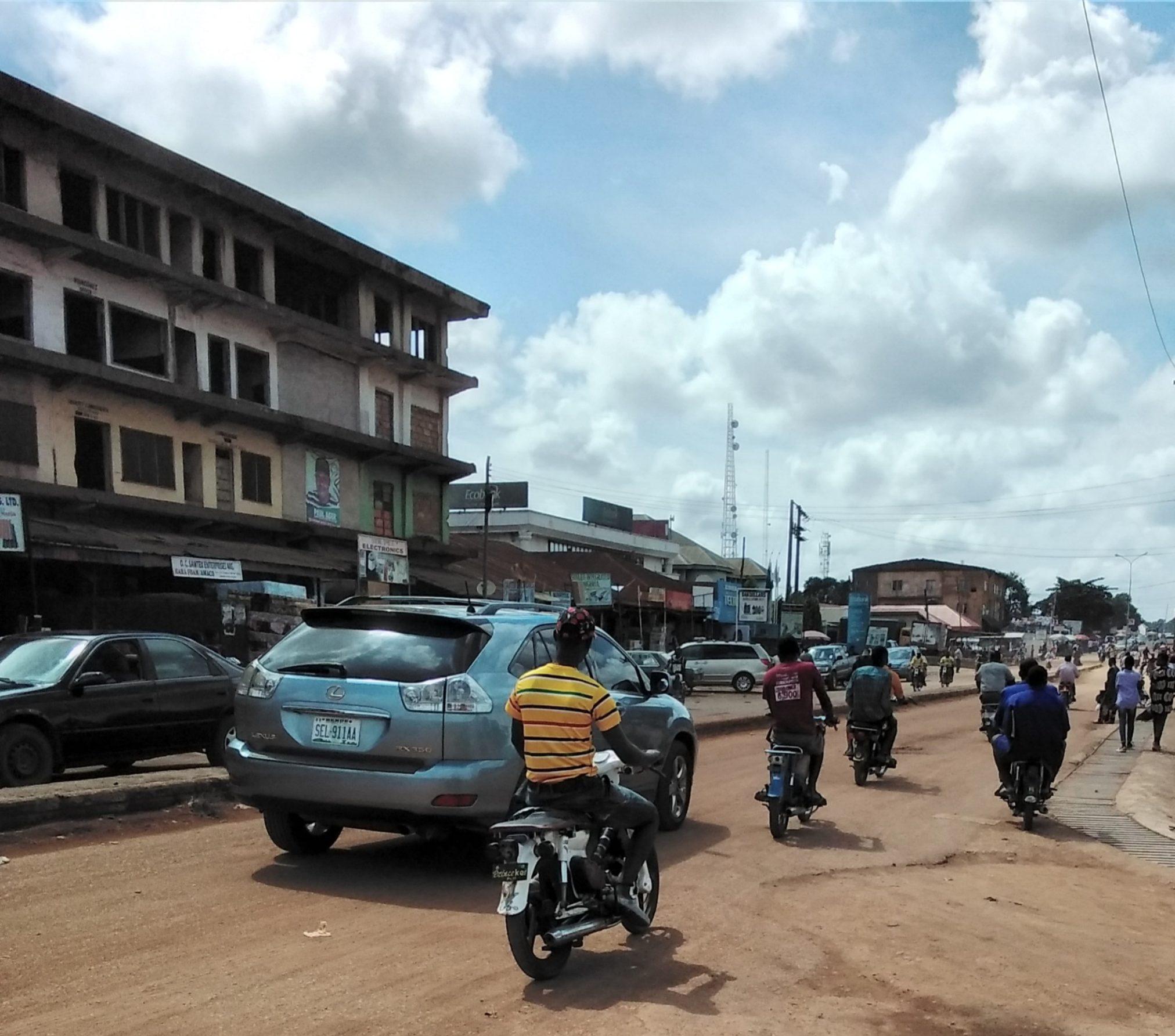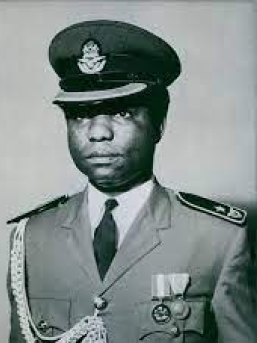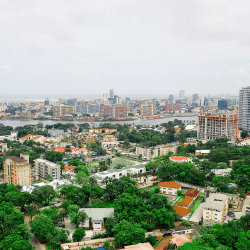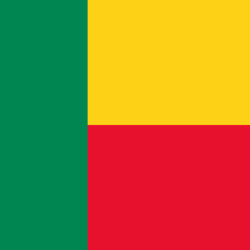The year 1979 marked a turning point in Nigeria’s political history. After thirteen years of military rule, the nation transitioned to civilian governance with the inauguration of the Second Republic. The election of Shehu Shagari as Nigeria’s first executive president symbolized hope for democratic consolidation and national unity. Alongside Shagari, a team of governors, senators, and federal lawmakers took office, each playing a role in shaping the country’s political direction.
Though the experiment was short-lived, ending with a military coup in 1983, the leaders of 1979 remain etched in Nigeria’s political memory. Let’s revisit the presidency, the National Assembly, and the 19 state governors who defined this era.
The Presidency Under Shehu Shagari
Shagari – Nigeria’s First Executive President
Alhaji Shehu Shagari, elected under the National Party of Nigeria (NPN), became Nigeria’s first civilian president under the new presidential system modeled after the United States. Known for his modesty and calm demeanor, Shagari promised “One Nation, One Destiny” as the guiding vision of his government.
His administration prioritized agriculture, housing, and industrialization, with programs like the Green Revolution aimed at boosting food production. Despite noble intentions, his government faced challenges of corruption, economic decline, and rising political tension.
Dr. Alex Ekwueme – The Vice President and National Unifier
Dr. Alex Ekwueme, an architect and intellectual from the Southeast, served as Nigeria’s first executive Vice President. He was widely respected for his political balance, bridging ethnic divides in a deeply diverse nation. Ekwueme’s statesmanship extended beyond the Second Republic, as he later played a critical role in Nigeria’s democratic struggles during the 1990s.
The National Assembly and Its Leadership
The National Assembly became the symbol of Nigeria’s restored democracy. Key figures included:
- Dr. Joseph Wayas – Senate President, known for his articulate debates and firm leadership.
- Dr. Olusola Saraki – Senate Leader, father of future Senate President Bukola Saraki, and a strong voice in parliamentary politics.
- Edwin Ume-Ezeoke – Speaker of the House of Representatives, who later became an elder statesman in Nigerian politics.
Together, they spearheaded legislative debates and policies that shaped governance during Shagari’s administration.
The 19 State Governors of 1979
In 1979, Nigeria had 19 states, each governed by democratically elected leaders representing different political parties. These governors were central to state-level development, infrastructure, and education policies.
Northern Governors and Their Influence
- Abdulkadir Balarabe Musa (Kaduna) – Known for his socialist leanings and clashes with the NPN-dominated legislature.
- Abubakar Barde (Gongola) – A grassroots politician with strong support among farmers.
- Abubakar Rimi (Kano) – A fiery progressive and one of the youngest governors, remembered for his populist policies.
- Abubakar Tatari Ali (Bauchi) – Advocated for industrial growth and housing projects.
- Adamu Attah (Kwara) – Focused on state development and strengthening NPN influence in the Middle Belt.
- Auwal Ibrahim (Niger) – Worked on rural development before being overthrown in 1983.
- Muhammadu Goni (Borno) – Popular for his simplicity and development projects.
- Shehu Kangiwa (Sokoto) – His tenure was cut short by his untimely death in 1981.
- Solomon Lar (Plateau) – A charismatic leader and champion of minority rights in the Middle Belt.
Southern Governors and Their Reforms
- Ambrose Alli (Bendel) – Expanded educational opportunities and built schools across the state.
- Aper Aku (Benue) – Invested heavily in agriculture and industry.
- Bola Ige (Oyo) – A bold reformist and advocate for free education under the Unity Party of Nigeria (UPN).
- Bisi Onabanjo (Ogun) – Remembered for his education reforms and infrastructural development.
- Clement Isong (Cross River) – Former Central Bank governor who brought financial expertise into governance.
- Jim Nwobodo (Anambra) – Known for promoting sports and establishing Rangers International Football Club as a powerhouse.
- Lateef Jakande (Lagos) – Nicknamed “Action Governor” for his free education, housing, and infrastructural transformation.
- Melford Okilo (Rivers) – Worked to expand oil revenue benefits to his people.
- Michael Ajasin (Ondo) – Promoted free education and social services.
- Sam Mbakwe (Imo) – Fondly called “The Weeping Governor” for his emotional appeals for federal support to his state.
The Collapse of the Second Republic
Despite the enthusiasm of 1979, Nigeria’s Second Republic was plagued by corruption, economic mismanagement, and political violence. The oil boom that had fueled expectations began to decline, exposing weaknesses in governance.
On December 31, 1983, the military, led by Major General Muhammadu Buhari, overthrew the Shagari government. This marked another interruption in Nigeria’s democratic journey.
Legacy and Reflections
Looking back 44 years later, most of the men who held power in 1979 have passed away. Their stories, however, remain central to Nigeria’s democratic history. Figures like Lateef Jakande, Bola Ige, and Sam Mbakwe are remembered for their visionary policies, while others symbolize the struggles of Nigeria’s fragile democracy.
Today, only two of these once-powerful figures remain alive, no longer dominating the headlines but leaving behind legacies that future generations study.
1. Who was Nigeria’s President in 1979?
Alhaji Shehu Shagari was Nigeria’s president in 1979, becoming the country’s first executive president under the Second Republic.
2. Who was the Vice President of Nigeria in 1979?
Dr. Alex Ekwueme served as the Vice President from 1979 to 1983.
3. How many states did Nigeria have in 1979?
Nigeria had 19 states in 1979, each governed by democratically elected governors.
4. What caused the fall of the Second Republic?
The Second Republic collapsed due to widespread corruption, economic decline, and electoral malpractices, leading to the military coup of 1983.
5. Who was the Governor of Lagos State in 1979?
Lateef Jakande, popularly known as the “Action Governor,” was the governor of Lagos State in 1979.
6. Which Nigerian leader was called “The Weeping Governor”?
Sam Mbakwe, governor of Imo State, earned the nickname “The Weeping Governor” because of his passionate pleas for federal support to develop his state.
The leaders of 1979—from President Shehu Shagari to the 19 governors and National Assembly officials—represented Nigeria’s attempt to build a stable democratic order. Though the Second Republic ended abruptly, it laid the foundation for Nigeria’s continuing democratic journey.

Their legacies—whether in education, infrastructure, or political reform—continue to shape Nigeria’s governance decades later. Remembering them is not just history; it is a reminder of the nation’s enduring struggle for democracy.
